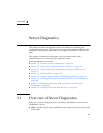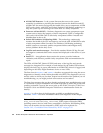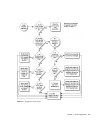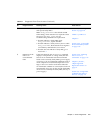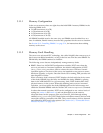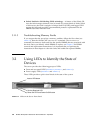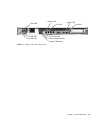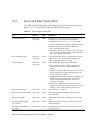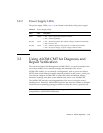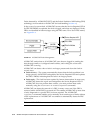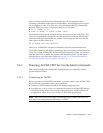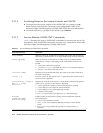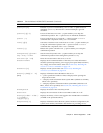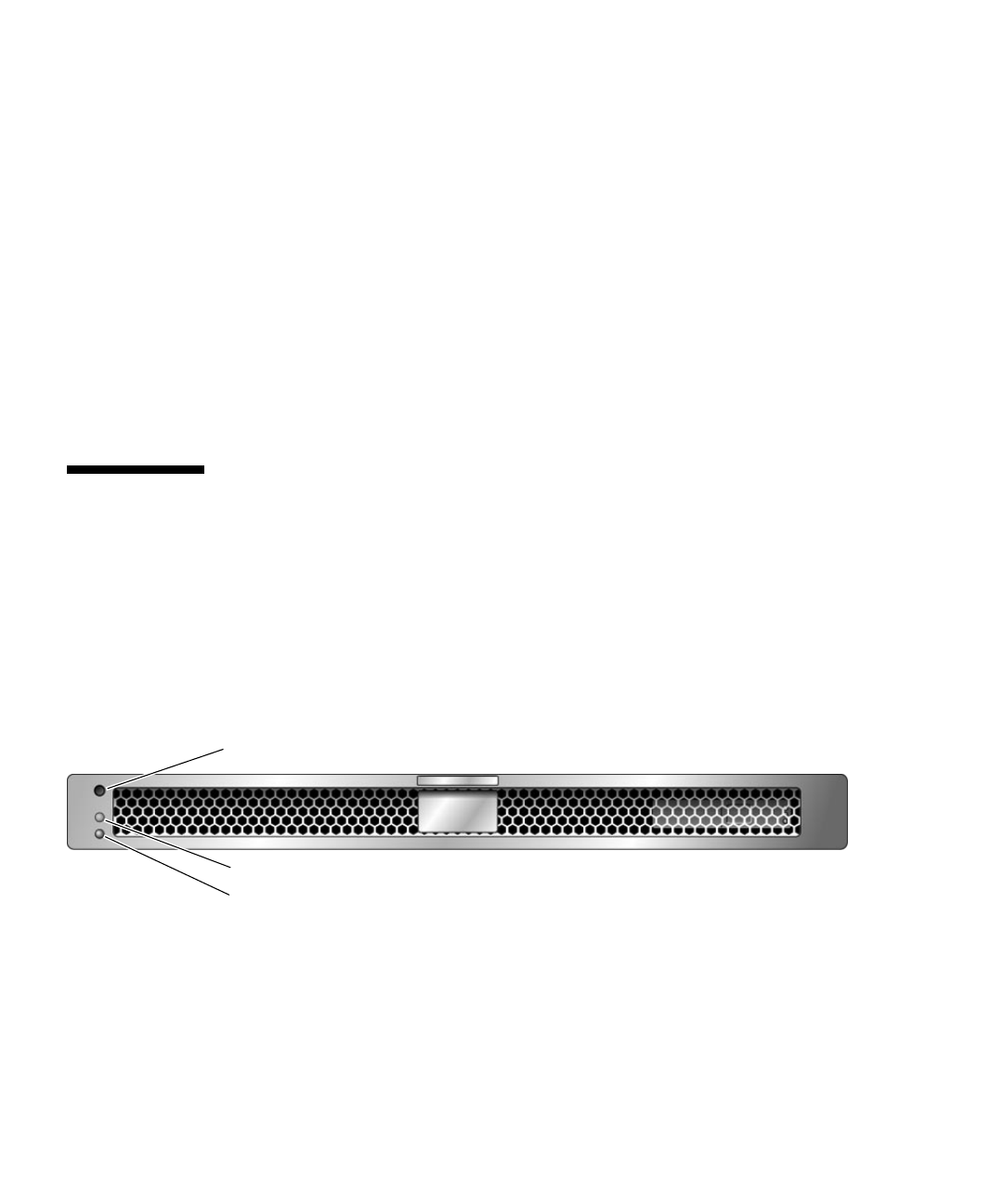
3-8 SPARC Enterprise T1000 Server Service Manual • April 2007
■ Solaris Predictive Self-Healing (PSH) technology – A feature of the Solaris OS,
uses the fault manager daemon (fmd) to watch for various kinds of faults. When
a fault occurs, the fault is assigned a unique fault ID (UUID), and logged. PSH
reports the fault and provides a recommended proactive replacement for the
DIMMs associated with the fault.
3.1.1.3 Troubleshooting Memory Faults
If you suspect that the server has a memory problem, follow the flow chart (see
TABLE 3-1). Run the ALOM CMT showfaults command. The showfaults
command lists memory faults and lists the specific DIMMS that are associated with
the fault. Once you identify which DIMMs to replace, see Chapter 5 for DIMM
removal and replacement instructions. It is important that you perform the
instructions in that chapter to clear the faults and enable the replaced DIMMs.
3.2 Using LEDs to Identify the State of
Devices
The server provides the following groups of LEDs:
■ Front and rear panel LEDS (FIGURE 3-2, FIGURE 3-3, and TABLE 3-2)
■ Power supply LEDs (FIGURE 3-3 and TABLE 3-3)
These LEDs provide a quick visual check of the state of the system.
FIGURE 3-2 LEDs on the Server Front Panel
Locator LED/button
Service Required LED
Power OK LED and Power On/Off button




